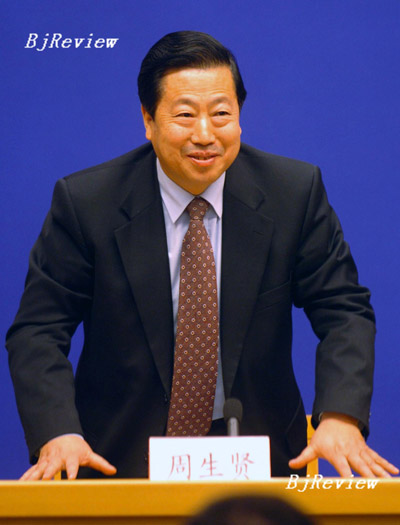
China will set up statistics, monitoring and accountability systems to cut emissions this year, its top environmental watchdog said in Beijing on Thursday.
The State Environmental Protection Administration (SEPA) will allocate 2 billion yuan (US$250 million) from the central budget to establish a statistics, monitoring and tracking system in an effort to cut emissions, according to SEPA Minister Zhou Shengxian.
"The three systems will be established in one or one and half years," Zhou said.
"The systems are expected to improve China's statistical and monitoring capabilities on the environment and sharpen its law enforcement," he said.
It is an important move for China to reach its annual target of cutting major emissions by 2 percent, which failed in 2006, Zhou said.
The emission statistics system will improve methods, unify collection and provide figures and the latest information on major pollutants.
According to Zhou, the precise monitoring system will introduce advanced equipment to test pollution discharge and conduct online supervision.
The strict accountability system will require governments at all levels to take responsibility and be subject to public supervision.
Last year, sulfur dioxide (SO2) emissions increased by nearly 463,000 tons, 1.8 percent higher than the previous year. Chemical oxygen demand (COD), a water pollution index, reached 14.31 million tons, 173,000 tons more and 1.2 percent higher than in 2005, according to SEPA data.
But Zhou said he was confident major pollutants could be reduced by 2 percent this year.
Under its target, China must keep SO2 emissions under 25.43 million tons and COD under 14.02 million tons in 2007. It has to reduce SO2 by 2.9 million tons and COD by 1.2 million tons.
Zhou said the reduction would require not only the establishment of the three systems, but improvement from local governments.
Keeping watch on the performance of local governments would be a priority, he said. He added that environmental protection at the grassroots level would determine whether or not the country meets its target.
Zhou urged local environmental bureaus to strengthen their monitoring, improve equipment and increase efforts to tackle pollution.
(China Daily March 3, 2007)
| 